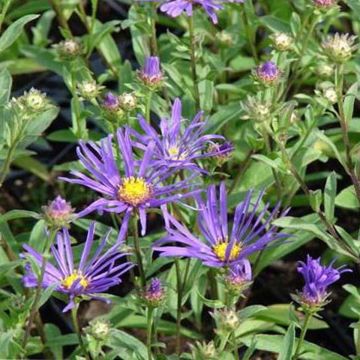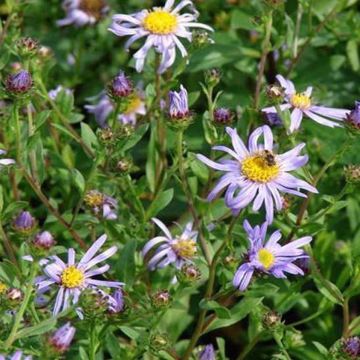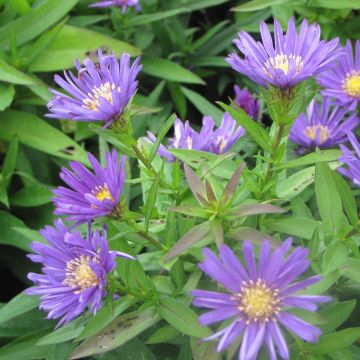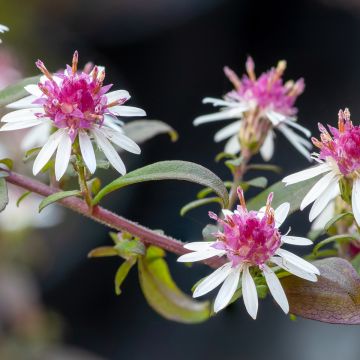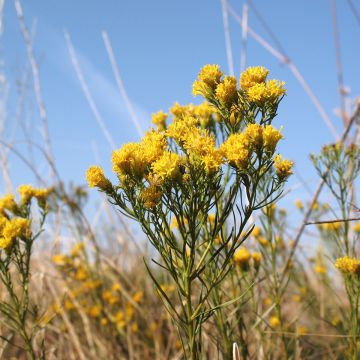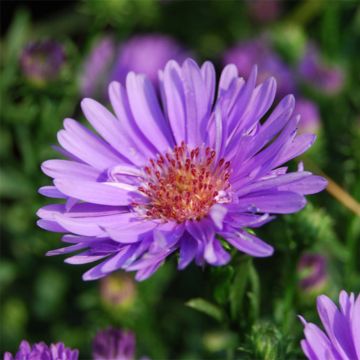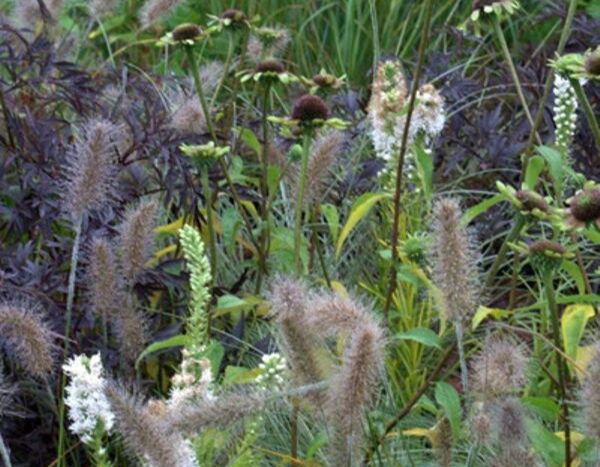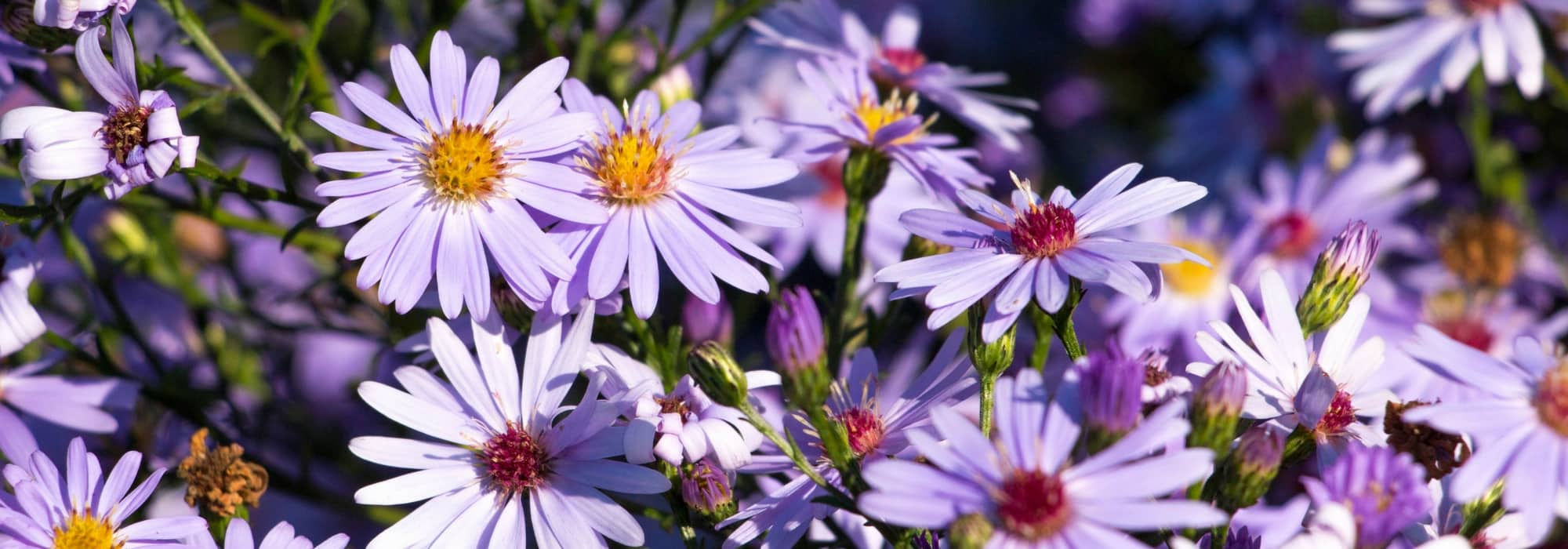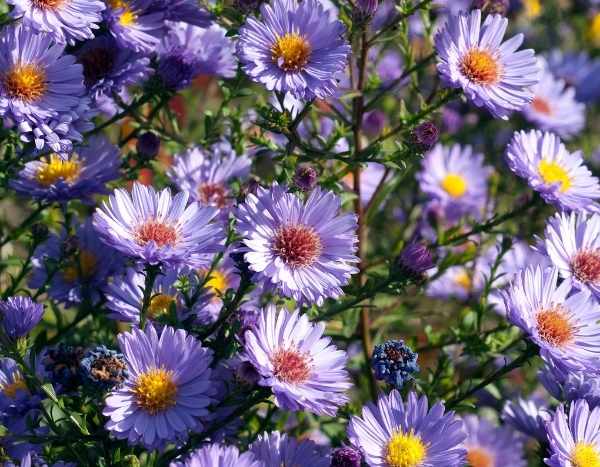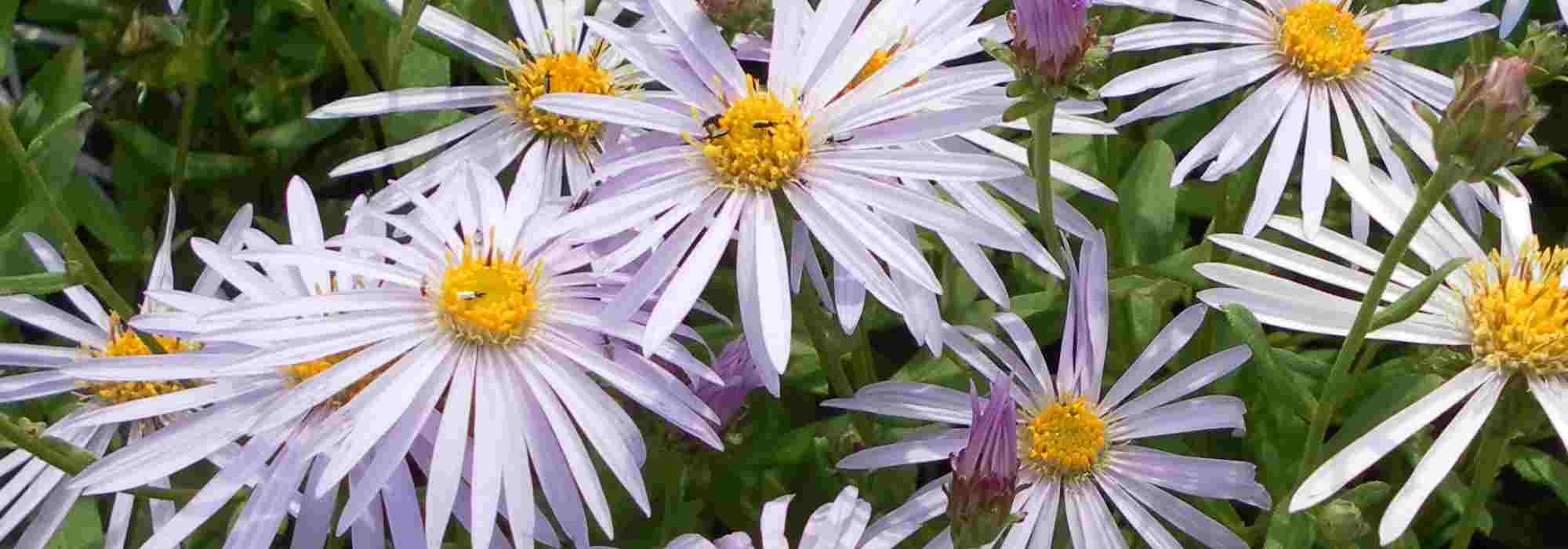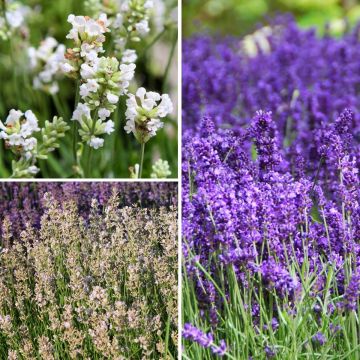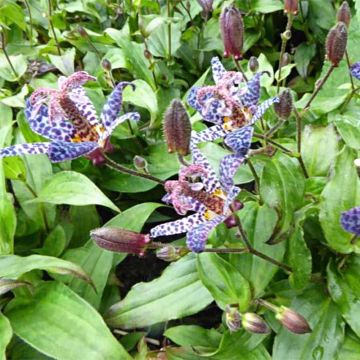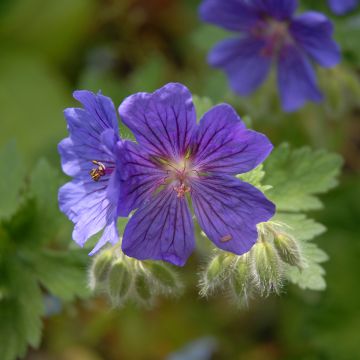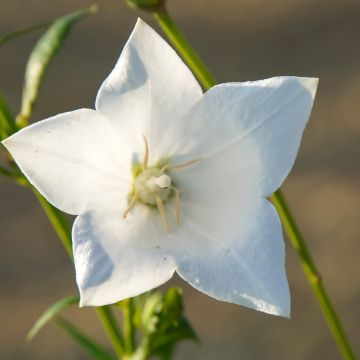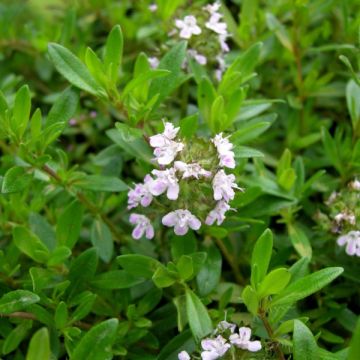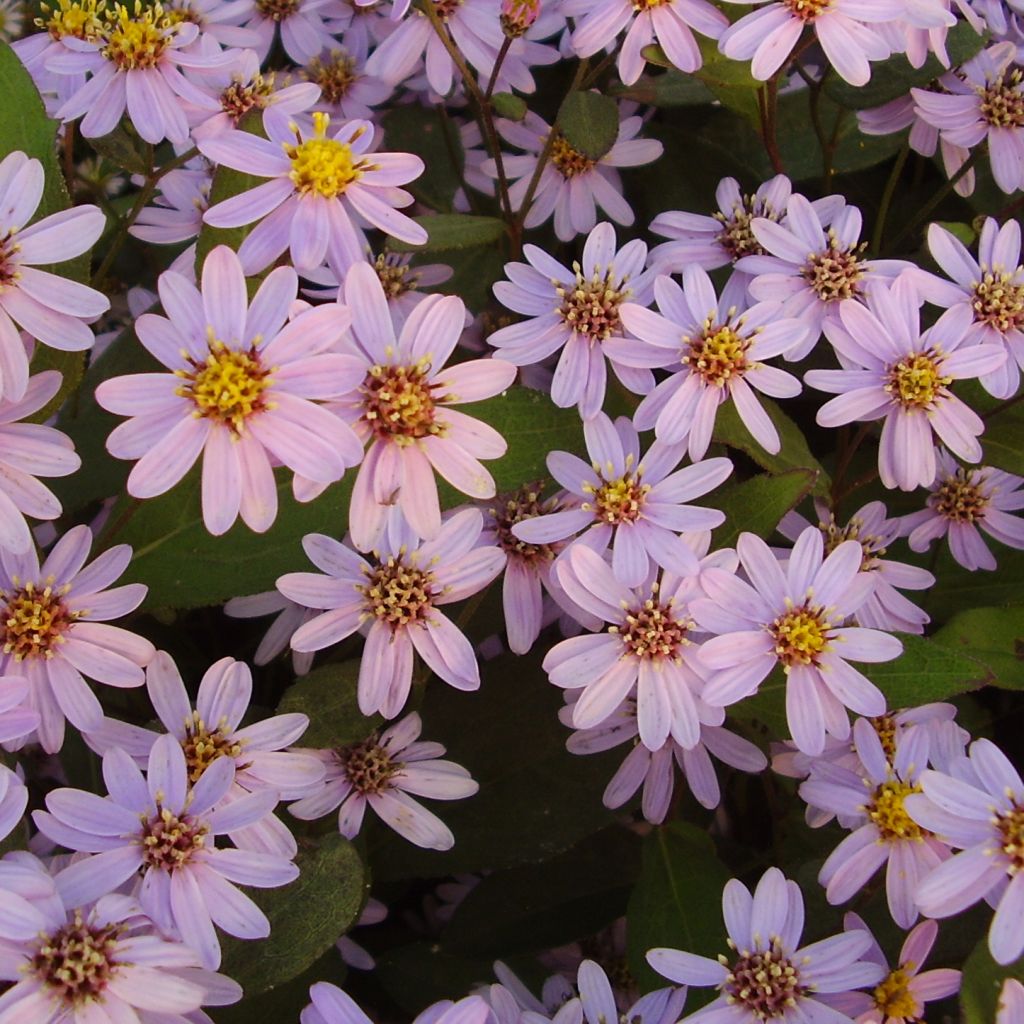

Aster ageratoides Harry Schmidt
Aster ageratoides Harry Schmidt
Aster ageratoides Harry Schmidt
Japanese Aster, White Michaelmas Daisy, Asian Starwort
The plants are very green and vigorous, although pruned very short, which is not a bad thing for transport given the heat this August. Planted as soon as received, they seem ready to grow back. I'm looking forward to the flowering next year.
Christelle, 27/08/2025
Special offer!
Receive a €20 voucher for any order over €90 (excluding delivery costs, credit notes, and plastic-free options)!
1- Add your favorite plants to your cart.
2- Once you have reached €90, confirm your order (you can even choose the delivery date!).
3- As soon as your order is shipped, you will receive an email containing your voucher code, valid for 3 months (90 days).
Your voucher is unique and can only be used once, for any order with a minimum value of €20, excluding delivery costs.
Can be combined with other current offers, non-divisible and non-refundable.
Home or relay delivery (depending on size and destination)
Schedule delivery date,
and select date in basket
This plant carries a 12 months recovery warranty
More information
We guarantee the quality of our plants for a full growing cycle, and will replace at our expense any plant that fails to recover under normal climatic and planting conditions.
Would this plant suit my garden?
Set up your Plantfit profile →
Description
Low-maintenance and resistant to powdery mildew, Aster ageratoides Harry Schmidt is an excellent perennial that will find its place in all gardens. This dwarf variety is very compact and transforms into a true cushion of pale lilac star-shaped flowers with a small amber centre for 2 months starting from the end of summer. Its dense and regular silhouette and abundant flowering will bring a very neat touch to the beds of heavier perennials. This very hardy aster appreciates sunny locations and well-drained but moist soil.
Aster ageratoides is a perennial plant native to northern Myanmar, southwestern China, and Tibet. It belongs to the Asteraceae family. The 'Harry Schmidt' variety stands out for its small size and very compact habit. This plant forms a regular and suckering stump with upright, rigid, and close-growing stems, bearing deciduous foliage that is slightly rough and matte-green. The mature plant will form a bushy and round clump, reaching a height of 40 cm (16 in) and a diameter of 30 cm (12 in). In early autumn, starting from September, numerous small flowers with very fine ligulate petals appear, in a pretty pastel-lilac shade that makes the foliage disappear.
Plant Aster ageratoides Harry Schmidt in any type of soil; it even tolerates poor-quality soil such as backfill soil or compact and clayey soils, with its only requirement being not to compete with other perennials with a strong root system. In the garden, for example, associate it with perennial geraniums or light grasses such as Stipa tenuifolia or Muhlenbergia capillaris. It also forms beautiful bluish-pink flows between large rocks in a rockery. Its abundant and delicate flowering attracts pollinating insects. The flowering stems are very attractive in a vase in a floral arrangement, along with September roses.
The Aster genus offers a large number of species, represented by a multitude of floriferous varieties. They come in all sizes, in an extremely rich range of colours. Several species are associated with each season.
Aster ageratoides Harry Schmidt in pictures
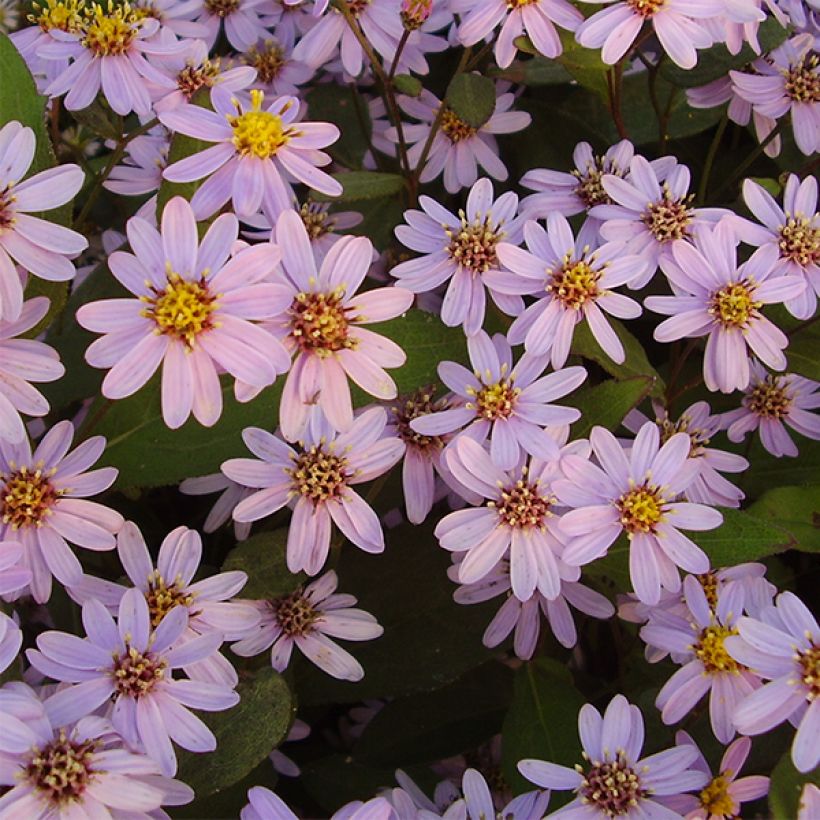

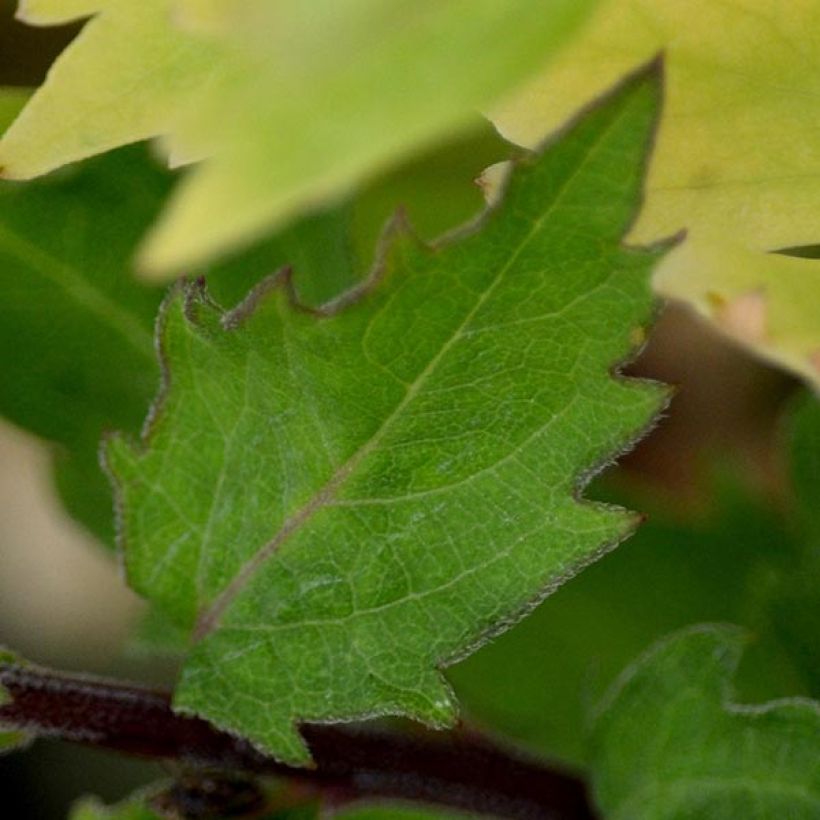

Flowering
Foliage
Plant habit
Botanical data
Aster
ageratoides
Harry Schmidt
Asteraceae
Japanese Aster, White Michaelmas Daisy, Asian Starwort
Cultivar or hybrid
Other Asters
View all →Planting and care
Install Aster ageratoides Harry Schmidt in any soil; it even accepts poor-quality soil such as backfill soil, or compact and clayey soils. But while it adapts to lean and relatively dry soils, it will require fertilisation in April, more frequent watering in summer, and mulching to maintain freshness at its base. In mass plantings, leave at least 50 cm (20 in) spacing between plants. At the end of flowering, cut back the clump to 10 cm (4 in). Divide clumps every 2 to 3 years to maintain vigorous roots and propagate this wonderful plant throughout the garden.
Plant it in a sunny location that allows it to express its full potential. Its robust foliage appears to be very resistant to powdery mildew, even in hot weather. Its only requirement is not to compete with other perennials with a strong root system. Prune dry branches in winter.
Planting period
Intended location
Care
Planting & care advice
-
, onOrder confirmed
Reply from on Promesse de fleurs
Similar products
Haven't found what you were looking for?
Hardiness is the lowest winter temperature a plant can endure without suffering serious damage or even dying. However, hardiness is affected by location (a sheltered area, such as a patio), protection (winter cover) and soil type (hardiness is improved by well-drained soil).

Photo Sharing Terms & Conditions
In order to encourage gardeners to interact and share their experiences, Promesse de fleurs offers various media enabling content to be uploaded onto its Site - in particular via the ‘Photo sharing’ module.
The User agrees to refrain from:
- Posting any content that is illegal, prejudicial, insulting, racist, inciteful to hatred, revisionist, contrary to public decency, that infringes on privacy or on the privacy rights of third parties, in particular the publicity rights of persons and goods, intellectual property rights, or the right to privacy.
- Submitting content on behalf of a third party;
- Impersonate the identity of a third party and/or publish any personal information about a third party;
In general, the User undertakes to refrain from any unethical behaviour.
All Content (in particular text, comments, files, images, photos, videos, creative works, etc.), which may be subject to property or intellectual property rights, image or other private rights, shall remain the property of the User, subject to the limited rights granted by the terms of the licence granted by Promesse de fleurs as stated below. Users are at liberty to publish or not to publish such Content on the Site, notably via the ‘Photo Sharing’ facility, and accept that this Content shall be made public and freely accessible, notably on the Internet.
Users further acknowledge, undertake to have ,and guarantee that they hold all necessary rights and permissions to publish such material on the Site, in particular with regard to the legislation in force pertaining to any privacy, property, intellectual property, image, or contractual rights, or rights of any other nature. By publishing such Content on the Site, Users acknowledge accepting full liability as publishers of the Content within the meaning of the law, and grant Promesse de fleurs, free of charge, an inclusive, worldwide licence for the said Content for the entire duration of its publication, including all reproduction, representation, up/downloading, displaying, performing, transmission, and storage rights.
Users also grant permission for their name to be linked to the Content and accept that this link may not always be made available.
By engaging in posting material, Users consent to their Content becoming automatically accessible on the Internet, in particular on other sites and/or blogs and/or web pages of the Promesse de fleurs site, including in particular social pages and the Promesse de fleurs catalogue.
Users may secure the removal of entrusted content free of charge by issuing a simple request via our contact form.
The flowering period indicated on our website applies to countries and regions located in USDA zone 8 (France, the United Kingdom, Ireland, the Netherlands, etc.)
It will vary according to where you live:
- In zones 9 to 10 (Italy, Spain, Greece, etc.), flowering will occur about 2 to 4 weeks earlier.
- In zones 6 to 7 (Germany, Poland, Slovenia, and lower mountainous regions), flowering will be delayed by 2 to 3 weeks.
- In zone 5 (Central Europe, Scandinavia), blooming will be delayed by 3 to 5 weeks.
In temperate climates, pruning of spring-flowering shrubs (forsythia, spireas, etc.) should be done just after flowering.
Pruning of summer-flowering shrubs (Indian Lilac, Perovskia, etc.) can be done in winter or spring.
In cold regions as well as with frost-sensitive plants, avoid pruning too early when severe frosts may still occur.
The planting period indicated on our website applies to countries and regions located in USDA zone 8 (France, United Kingdom, Ireland, Netherlands).
It will vary according to where you live:
- In Mediterranean zones (Marseille, Madrid, Milan, etc.), autumn and winter are the best planting periods.
- In continental zones (Strasbourg, Munich, Vienna, etc.), delay planting by 2 to 3 weeks in spring and bring it forward by 2 to 4 weeks in autumn.
- In mountainous regions (the Alps, Pyrenees, Carpathians, etc.), it is best to plant in late spring (May-June) or late summer (August-September).
The harvesting period indicated on our website applies to countries and regions in USDA zone 8 (France, England, Ireland, the Netherlands).
In colder areas (Scandinavia, Poland, Austria...) fruit and vegetable harvests are likely to be delayed by 3-4 weeks.
In warmer areas (Italy, Spain, Greece, etc.), harvesting will probably take place earlier, depending on weather conditions.
The sowing periods indicated on our website apply to countries and regions within USDA Zone 8 (France, UK, Ireland, Netherlands).
In colder areas (Scandinavia, Poland, Austria...), delay any outdoor sowing by 3-4 weeks, or sow under glass.
In warmer climes (Italy, Spain, Greece, etc.), bring outdoor sowing forward by a few weeks.































